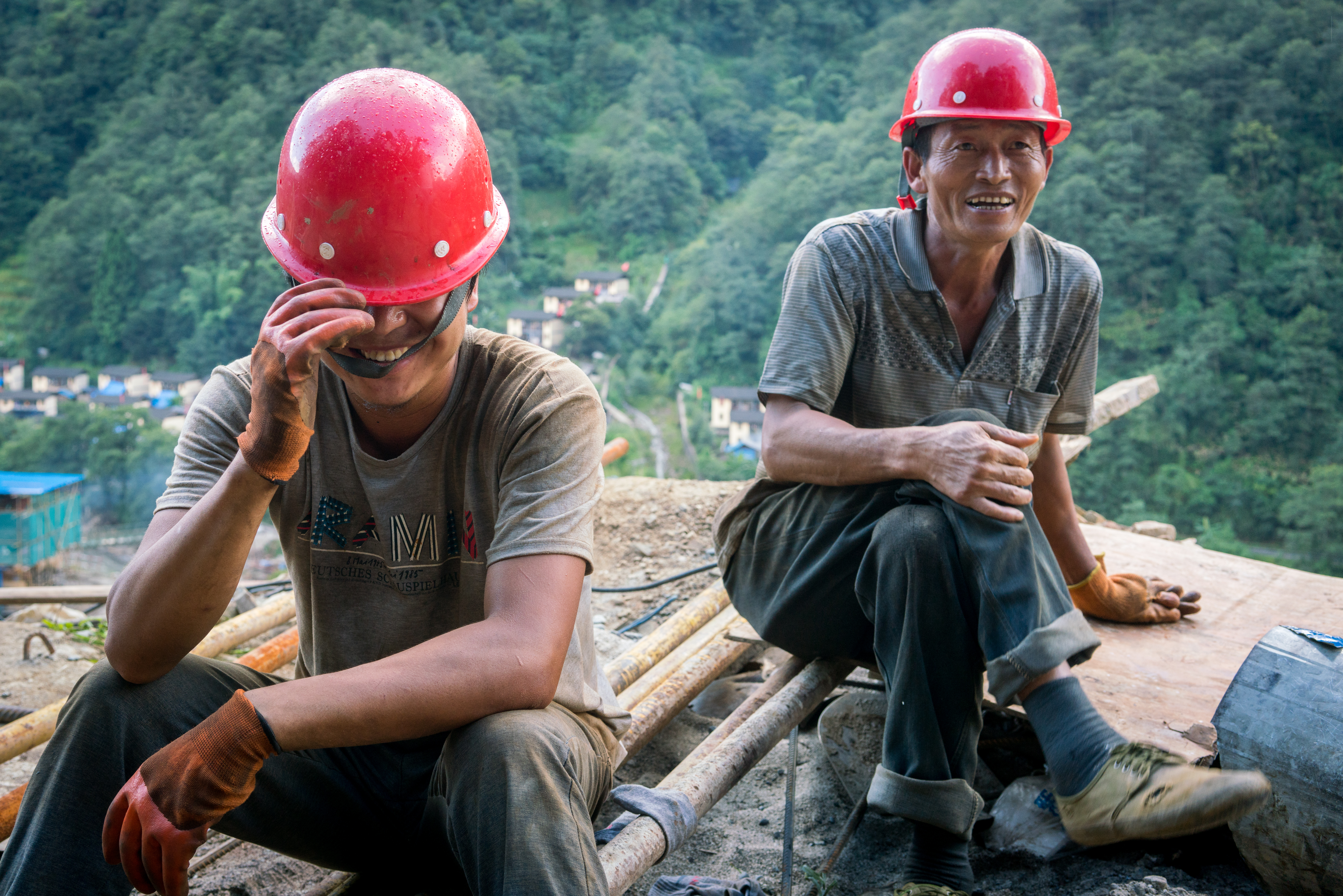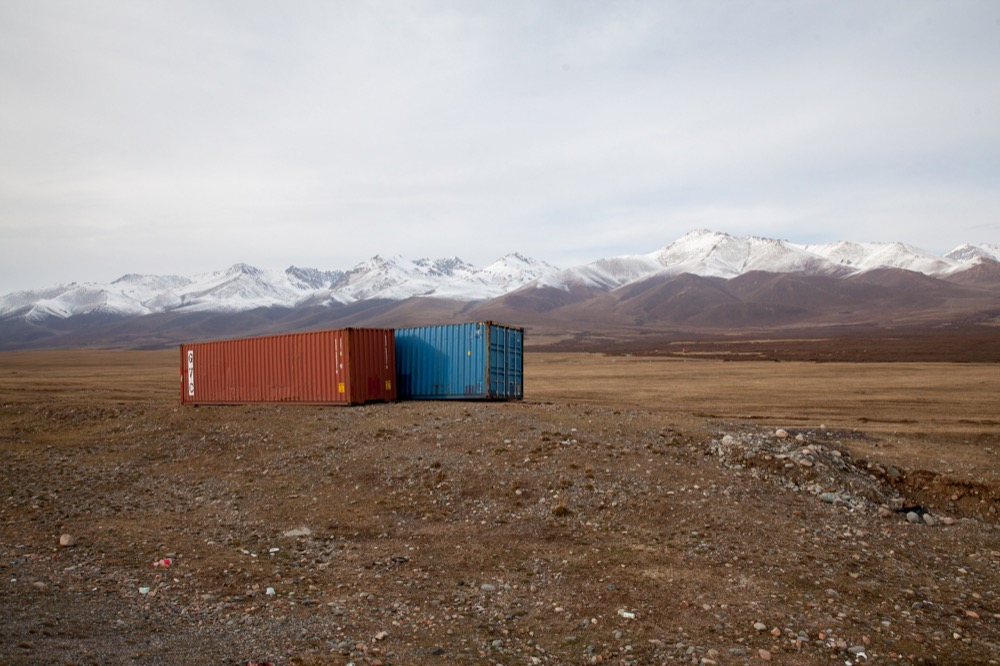Synopsis
Edwin Ardener once wrote that remote areas are full of strangers and innovators, full of rubbish and ruins of the past. And, of course, they are in constant connection with the outside world (Ardener 2012). Ardener's phenomenological diagnosis of remoteness resonates directly with our own research on places in the highlands of Asia. Contrary to popular stereotypes of remote and isolated mountain areas as always already on the verge of being overrun by modernity, many of these places have, in fact, been right at the center of global connections for a very long time. As people move in, move out, and move through, they leave things and stories behind.
Our aim is to tap into these material and narrative sediments with a method we call an “archeology of the contemporary”. Rather than collecting the last remains of what is imagined as a distant primordial past and bring them to Europe, we collect flotsam – simple things with cosmopolitan biographies we put in context and relate to each other.
Imagine, for example, the following arrangement: a pair of used canvas shoes are presented as decontextualized "museum objects" on a gallery socket. Behind them is a large format print of a construction site somewhere in China. This canvas "liberation shoe" has been instrumental in building the contemporary People’s Republic of China. Millions are produced monthly, everybody knows them, and many have owned several pairs. The good ones last for a season, at most, before ending up as flotsam somewhere along a road.

Consider also two shipping containers next to the road between Bishkek and Osh, that have become a road side motel catering to wary cyclists crossing the highlands. Shipping containers can be found everywhere in Kyrgyzstan. They are used to import goods, mainly from China, and then usually left behind to be sold on spot. Taken out of the global circulation and now a stubborn testimony to the trade imbalances between Central Asia and China, they serve as sales outlets in bazaars, as small offices – or, in this case, as a road side hotel.
Other flotsam comes to mind: scrap metal scavenged from abandoned factories in the former Soviet Union; packaging of all kinds, including bottles and instant noodles; oil barrels used as prayer wheels in Ladakh; empty batteries no-longer illuminating the night; blue Chinese tin roofing, leaving tidemarks throughout the Himalayas; and the plethora of seasoned tires unfit for further travel on the roads of the world.
What we seek to tell – and what we believe is important to tell – is not the story of globalisation’s waste left behind. What we want to render visible, and palpable, are the material traces of global connections and the ways flotsam acquires afterlives. We thereby see this exhibition project as a fleeting yet methodological intervention into the journeys of highland flotsam.
Rather than to collect stuff and archive it in the belly of a museum, we redirect things for the purpose of a temporary assemblage of narrative material. After the exhibition, we plan to set them free again, sending them on unknown onward journeys. What will remain are memories, perhaps a smile or two about such unexpected diversions, and a documentation of the project in the form of an exhibition catalogue.
This exhibition project is tightly interwoven with the ERC Starting Grant project "Remoteness & Connectivity: Highland Asia in the World" but also an international collaborative endeavour. We did a "call for stuff" in January 2018 to gather flotsam from all over the world. The exhibition takes place in May/June 2019 at Köşk, Munich.
Website: www.highland-flotsam.com
Reference
Ardener, Edwin. 2012. “Remote areas: some theoretical considerations.” HAU: Journal of Ethnographic Theory 2 (1): 519–33.


